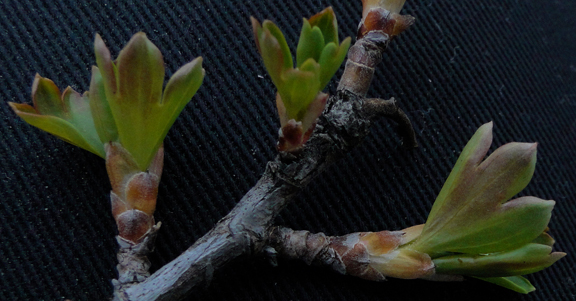About 4 p. m. when I got to the park. Out 50 minutes. 60
images. 32 keepers.
Parked near the fireplug on Euclid .
I was out for exercise more than a photo hunt. Still I had a
couple of objectives. I remembered that the Amelanchier alnifolia, saskatoon,
near the south edge of the south pond was a little earlier than those west of
the west edge of north pond.
And I would check Salix lucida, pacific willow for advancing
buds.
I would make an effort to observe ‘typical’ leaves for Ranunculus
glaberrimus, sagebrush buttercup.
Draba verna allegedly goes to seed very quickly. I would
look for that. And I would attempt to record the size of the Draba verna
blossoms.
And I wanted to establish that I was correct, that there was
little or no Olsynium douglasii foliage showing as yet. I was not correct. If I
had looked, last outing, where I found early O. douglasii last year I would
have found lots of foliage. There were blossoms today.
*
The desire for exercise was based on the misbegotten commonplace
that ‘more is better’. I had increased the work on my legs at the YMCA the
evening before. I was encouraged to believe they were stronger. So I would work
my legs again, today and it would workout well, right? Wrong. I was staggering
like a drunk on the uneven ground even when I arrived.
But let’s hope that the gross exercise was a good thing
anyway.
*
Tiny raindrops in the dust on my windshield were shattered
splinters on the way to the park.
I left the park when the drops got large, even though they
were occasional. I drove a few blocks and was in drenching rain. A few blocks
more and the pavement was dry. It was dry all the way home.
*
As is so often the case I permitted technical stupidity to
intrude. I demand images from my camera without paying attention to the light.
I forgot that my camera was set for clear skies and midday sun. The light,
today, was dim with overcast and evening.
Many images were ruined but I got at least one usable image
from most attempts. That’s hard to believe as slow as the shutter speed must
have been.
*
The Photos:
Draba verna, spring
whitlow grass
010-070
010-020
There were thick patches of Draba verna along the curb.
Some, less thick, mixed in with grasses.


030-060
Those I measured were and inch and a half to an inch and
three-quarters in height.
The blossoms were a sixteenth of an inch in height and I
assume about the same distance across. It was too difficult to photograph the
front of the blossom
070
Seedpods were developing.
Amelanchier alnifolia,
saskatoon
210-230
There are several shrubs in a cluster near the south shore
of the south pond, two are cherries, more or less domestic.
210
I photographed a bud.
220-230
Then photographed a leaf and dry fruit to verify that the
bud was A. alnifolia.
Berberis aquifolium,
Oregon grape
310-330
There are B. aquifolium down below the shrubs, nearer the
water. I noticed buds and photographed them.
Salix lucida, Pacific
willow
410-440
410
The trunks of S. lucida are angled in all directions, many
are uprooted. I suppose the soil is shallow beneath them. At least one giant
east of south pond is erect.
420
I wonder about the ‘blisters’ on S. lucida trunks.

430-440
The S. lucida buds are developing.
Ranunculus
glaberrimus
510-530
The mystery of the elliptical leaves versus notched and
forked leaves remains unresolved. I hoped snapshots of leaves would make sense
of the issue when blown up in the computer but I don’t find that to be the
case. Perhaps you do?
Unidentified Tree Bud
610-640
I’ve been told what these trees are but I don’t remember.
They surround south pond. Perhaps they are box elder?
Olsynium douglasii,
grass widow
710-720
These plants are alongside the trail from the fireplug to
the main-trail. They look to have been in bloom for awhile.
Ribes aureum, golden
currant
810-820
The earliest plant in the park has well defined leaves
opening from their buds.
Lithophragma
parviflora, Prairie star
910-930
910
When I sat to photograph the twigs I noticed a patch of
familiar foliage beside me. I thought it was L. parviflora but wondered if it
was too thick.
920
I photographed a leaf.
930
I checked my collection of L. parviflora from 2010 and it
seemed to verify my identification.
Vicia villosa, winter
vetch or hairy vetch
A110-A120
I noticed the compound leaves on the edge of the patch of L.
parviflora and thought it might be Polemonium micranthum, Jacob’s ladder. Then
I decided it had to be V. villosa. I supposed I would see a tendril when I blew
it up in the computer and there does seem to be a tendril developing.
I didn’t get a good image of the front of the leaf 910 but
the back of the leaf 920 shows why it is sometimes called ‘hairy vetch’.





























No comments:
Post a Comment